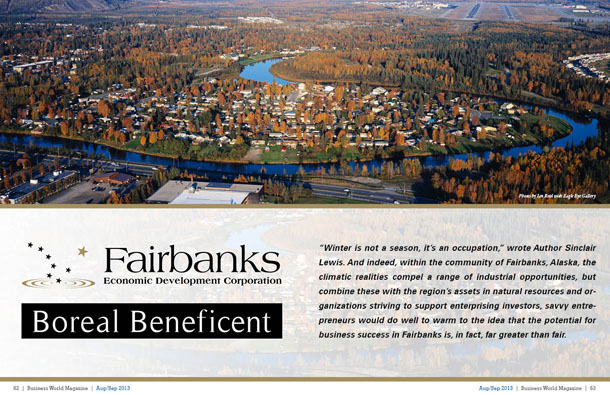
James Glynn
THE Australian dollar rose yesterday despite being briefly rocked by news that growth in producer prices in the fourth quarter was much more sluggish than expected, increasing the chances of the central bank holding interest rates steady next week.
The Australian Bureau of Statistics said producer prices rose 0.1 per cent in the final quarter, falling short of a 0.7 per cent rise expected by economists surveyed by Dow Jones Newswires.
The currency fell by about one third of a US cent on the report, before recovering most of its lost ground.
At 5pm AEDT, the dollar was trading at US98.86c, up US0.31c from Friday’s close.
It was steady against the Japanese yen.
Commonwealth Bank currency strategist Richard Grace said the Producer Price Index, although lower than expected, was never going to have a lasting effect on the Australian dollar, with all eyes on the release of fourth-quarter consumer inflation data today.
The PPI did reveal the strong impact on import prices flowing from the dollar, which achieved parity with the US dollar in the fourth quarter for the first time since its float in 1983, Mr Grace said.
Retail prices were also softer, reflecting heavy competitive pressures and discounting.
In trade-weighted terms, the dollar rose by 6.1 per cent in the fourth quarter, fuelling a 4.4 per cent drop in import prices for businesses.
Economists expect the CPI to rise 0.7 per cent in the quarter, but many now say they will not be surprised if there is an “undershoot”, extending a recent pattern of low outcomes.
“Business inflation is well contained apart from a few categories. Reserve Bank policymakers are unlikely to be alarmed,” said Commonwealth Securities chief economist Craig James.
“The strength of the Australian dollar will support a low inflation environment.”
But more interest rate increases are likely over coming quarters, according to most economists.
Source: www.theaustralian.com.au







